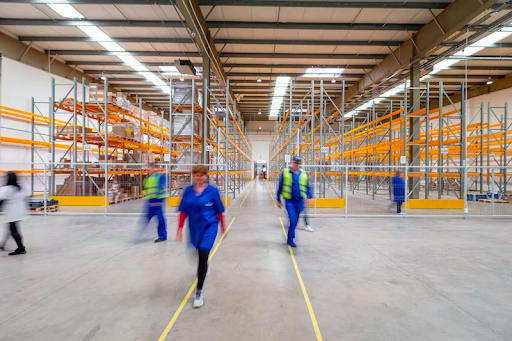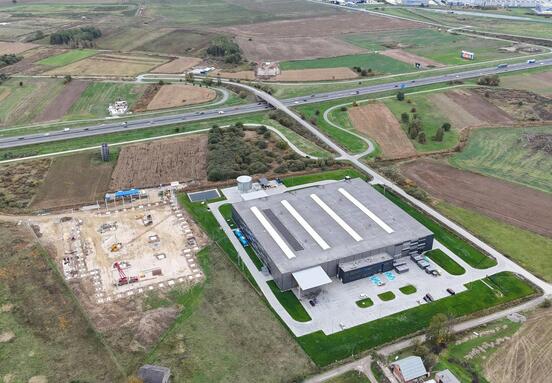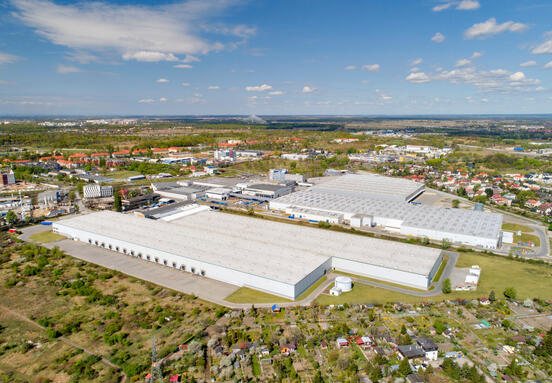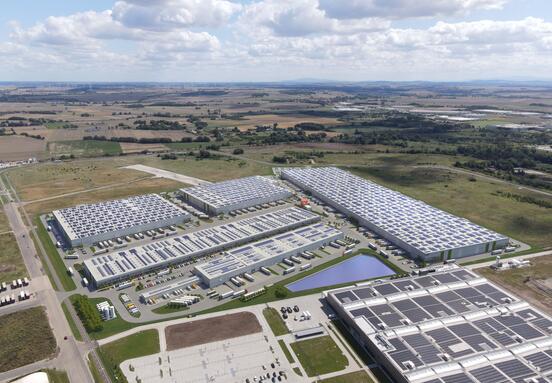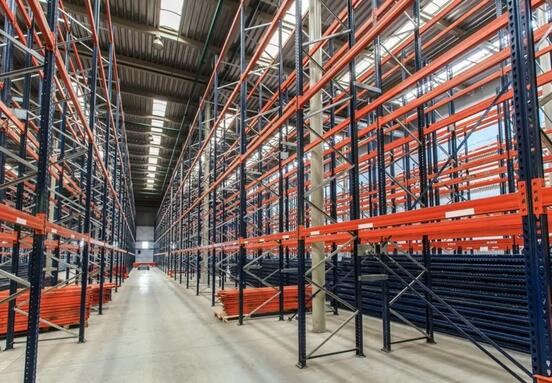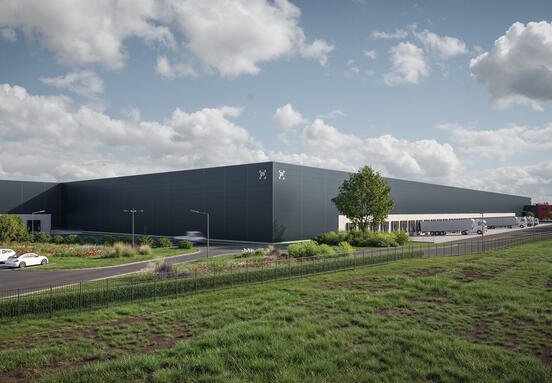1 Safety Training
The first step to working safely in a warehouse is to provide adequate training. Knowledge of safety standards, ergonomic principles, machine operation or proper handling of emergency situations is essential for every employee. Regular training should be an integral part of any warehouse's safety strategy. It is also important for employees to be aware of potential hazards that may occur while performing daily tasks.
2 Organization of the Space
Order and clarity are key to maintaining safety. Well-designed and labeled circulation paths, organized storage areas, and regular cleaning help maintain clarity and safety. Another important aspect is the optimal use of space - a packed warehouse can lead to accidents and hinder efficient task performance.
3 Equipment and Machinery
All machinery, forklifts, platforms or cranes, should be checked and serviced regularly. This not only extends their life but also protects workers from accidents related to their failure.
4 Personal Protection
Protective equipment is another important safety feature. Helmets, gloves, goggles, and safety shoes - these items should be available to all workers and their use should be mandatory.
5 Fire Protection
It is equally important to ensure proper fire protection. Warehouses should be equipped with detection and alarm systems, as well as appropriate firefighting equipment. Regular fire protection training is an essential part of warehouse safety.
6 Automation
Automation is playing an increasingly important role in ensuring warehouse safety. Robots and autonomous forklifts can significantly reduce the risk of accidents associated with manual handling of goods. In addition, warehouse management systems (WMS) can help improve workflow and increase operational efficiency.
In conclusion, safety in a warehouse is not only a matter of compliance with regulations and standards but also a matter of responsibility for the health and lives of employees. It is an investment that brings tangible benefits, such as increased productivity, job satisfaction, and reduced costs associated with accidents.
Remember, a safe warehouse is an efficient warehouse! Regardless of the size or nature of your business, proper safety practices should be integral to the operation of any warehouse.
